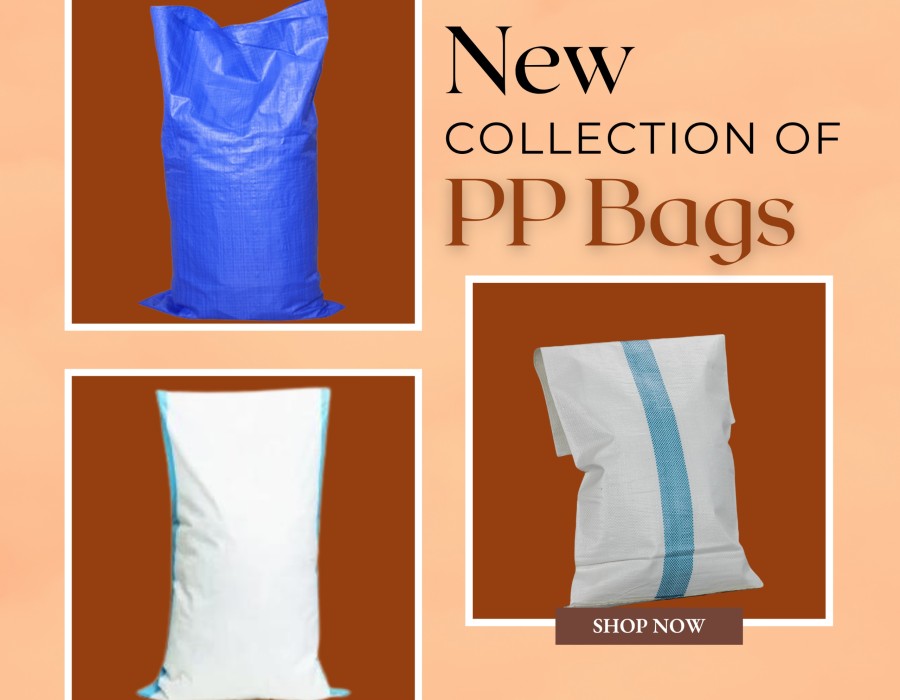Introduction
Polypropylene fabric, derived from the thermoplastic polymer PP, stands out for its exceptional balance of durability, flexibility, and resilience. Its innate resistance to moisture, chemicals, and abrasion makes it a versatile choice for various demanding environments. What truly sets polypropylene fabric apart, however, are its eco-friendly credentials. Being easily recyclable, it contributes to global sustainability efforts, while its lightweight nature reduces energy consumption during transportation. From medical textiles to automotive upholstery, its versatility knows no bounds, making it indispensable in sectors where performance is paramount.
Properties of Polypropylene Fabric
Polypropylene fabric boasts a myriad of beneficial properties that make it a versatile material across various industries. Understanding these properties is crucial for appreciating its widespread use and advantages.
- Durability
- Water Resistance
- Breathability
- Chemical Resistance
- UV Resistance:
- Low Density
- Colorfastness
- Mold and Mildew Resistance
- Abrasion Resistance
In summary, polypropylene fabric offers a combination of durability, water resistance, breathability, chemical resistance, UV resistance, low density, colorfastness, mold and mildew resistance, and abrasion resistance. These properties make it a preferred choice for a wide range of applications across industries.
Common Usages for Polypropylene Fabric
Polypropylene fabric finds versatile applications across numerous industries, thanks to its exceptional properties and durability. Understanding the diverse uses of polypropylene fabric is crucial for businesses and consumers alike.
- Medical and Healthcare
- Packaging
- Agriculture
- Geotextiles
- Automotive
- Apparel
- Furniture
- Home Textiles
In summary, polypropylene fabric’s versatility and durability make it an indispensable material across a wide range of industries, from medical and packaging to agriculture and automotive. Understanding its diverse applications enables businesses to leverage its benefits effectively.
Kinds Of Polypropylene Materials
Polypropylene, a versatile thermoplastic polymer, comes in various forms tailored to meet diverse industrial and commercial needs. Here are some key kinds of polypropylene materials offered by Formosa Synthetics Pvt. Ltd. and their benefits and uses:
- PP Woven Fabric: Strong, tear-resistant fabric woven from polypropylene strands
- Leno Fabric: Open-weave fabric providing excellent breathability and ventilation
- BOPP Bags: Bags made from Biaxially Oriented Polypropylene, known for clarity, strength, and moisture resistance
- Leno Bags: Bags featuring an open-mesh design for airflow, similar to leno fabric
- Cement Bags: Polypropylene bags designed for the cement industry, offering strength and moisture protection
- Sugar Bags: Bags tailored for the sugar industry, providing strength and moisture resistance
- Fertilizers Bags: Bags specialized for the fertilizer industry, offering strength and moisture protection
- Handle Bags: Durable bags with handles made from polypropylene materials for convenient carrying
- Multifilament Yarn: Yarn composed of multiple spun polypropylene filaments, offering high tensile strength and abrasion resistance
- FIBC (Bulk Bags): Large, flexible containers made from woven polypropylene fabric for bulk storage and transportation
By offering a diverse range of polypropylene materials, Formosa Synthetics Pvt. Ltd. caters to a wide array of industries and applications, ensuring superior quality, reliability, and performance in every product.
Conclusion
In this comprehensive guide to polypropylene fabric, we explore its fundamental characteristics, versatile applications, and future outlook. Polypropylene, derived from the thermoplastic polymer PP, is prized for its durability, flexibility, and resistance to moisture, chemicals, and abrasion, making it indispensable in various industries. Notably, its eco-friendly nature, thanks to easy recyclability and reduced energy consumption during transportation, sets it apart in sustainability efforts. From medical textiles to automotive upholstery, polypropylene fabric finds widespread use, owing to its ability to withstand harsh conditions while maintaining structural integrity. Furthermore, we delve into the diverse forms of polypropylene materials offered by manufacturers, comparing its advantages with other fabrics like polyester, nylon, and cotton. Looking ahead, the industry is witnessing trends toward sustainable practices, advanced technologies, customization, smart fabrics, and circular economy initiatives, shaping a promising future for polypropylene fabric in the ever-evolving landscape of textiles and materials.





Comments